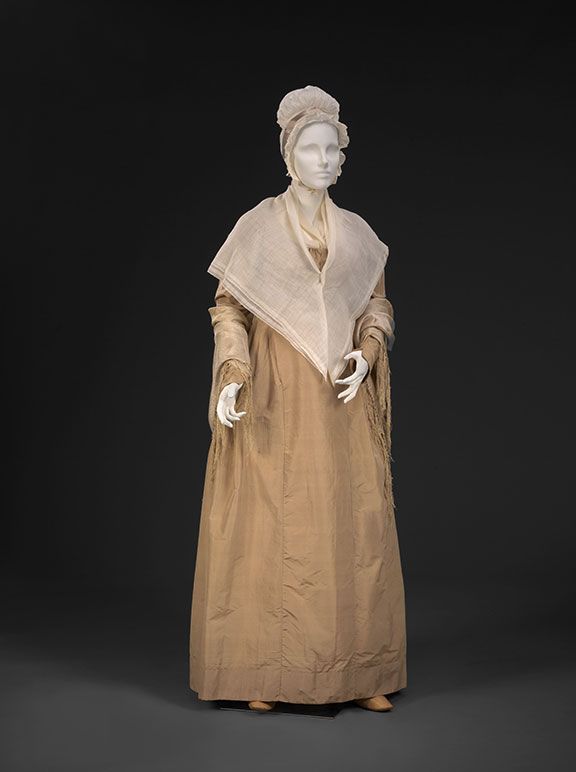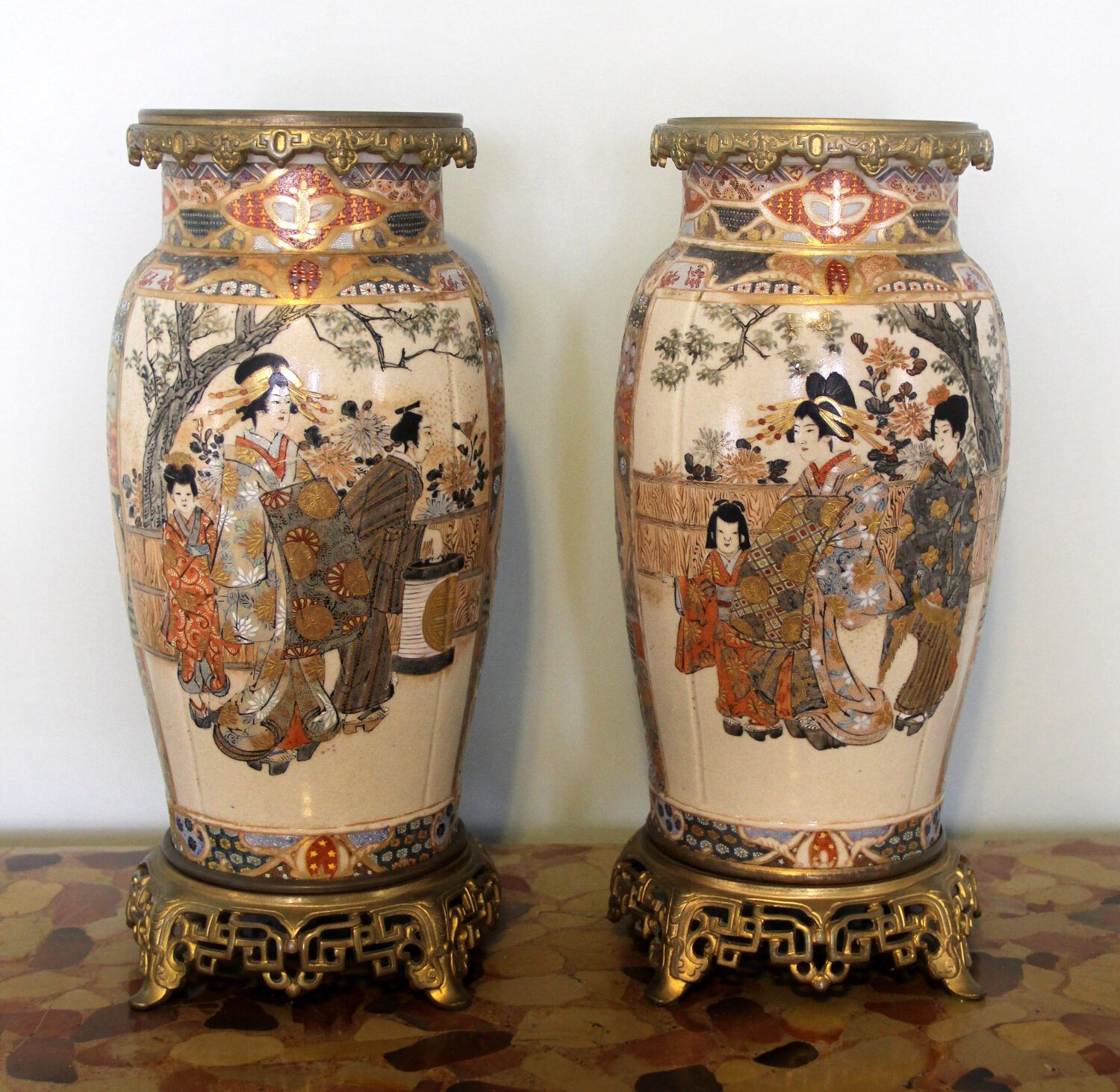Welcome to 19th Century, a blog dedicated to exploring the fascinating world of the past. In this article, we delve into the gritty and transformative industry of the 19th century tannery. Discover the secrets and processes behind the creation of leather as we journey back in time to a pivotal era in industrial history.
The Rise and Evolution of Tanneries in the 19th Century
The rise and evolution of tanneries in the 19th century was a significant development in the context of industrialization and urbanization. Tanneries, which were establishments where animal hides were processed and turned into leather, played a crucial role in meeting the growing demand for leather goods during this period.
Industrialization was a key factor that contributed to the expansion of tanneries. As factories and machinery transformed various industries, tanneries also adopted new technologies to streamline their processes. The introduction of steam-powered machinery and later, electric-powered equipment, revolutionized the tanning process, enabling faster and more efficient production.
Another significant aspect of the evolution of tanneries was the urbanization of cities. As populations grew and urban centers developed, there was an increased demand for leather products such as shoes, belts, and saddles. This led to an expansion of tanneries in urban areas, closer to markets and transportation hubs.
The 19th century saw improvements in the tanning techniques themselves. Traditional methods of tanning using vegetable extracts were gradually replaced by the use of mineral-based chemicals such as chromium salts, which significantly shortened the tanning process. These advancements not only increased efficiency but also improved the quality and durability of the leather produced.
The rise of tanneries also had socioeconomic implications. Tanneries provided employment opportunities for both skilled and unskilled workers. In many cases, entire communities arose around tanneries, with workers and their families living in close proximity to the workplace. However, working conditions in tanneries at the time were often hazardous and unhealthy, with exposure to harmful chemicals and long working hours being common.
The rise and evolution of tanneries in the 19th century were influenced by industrialization, urbanization, advancements in tanning techniques, and socioeconomic factors. The expansion of tanneries played a vital role in meeting the growing demand for leather goods during this period, but also brought about challenges related to working conditions and environmental impact.
Tornado At Tannerites Ranch!
Why I dress as a Regency gentleman… everyday of my life – BBC News
How were hides tanned during the 1800s?
During the 19th century, hides were tanned using traditional methods that involved several steps. The first step was to clean the hide by removing any flesh, fat, or hair. This was usually done by soaking the hide in a solution of lime and water for several days.
Once the hide was clean, it was ready for the tanning process. There were two main methods used during this time: vegetable tanning and mineral tanning.
Vegetable tanning involved soaking the hide in a solution made from tree barks, such as oak or chestnut. The tannins in the bark would bind with the protein fibers in the hide, making it more durable and resistant to decay. This process could take several weeks or even months, depending on the desired result.
Mineral tanning, on the other hand, used chemicals such as chromium salts to tan the hide. This method was faster than vegetable tanning and resulted in a softer and more supple leather. However, the chemicals used in mineral tanning were often toxic and harmful to both human health and the environment.
After the tanning process was complete, the hide would undergo a series of finishing treatments to enhance its appearance and quality. These treatments could include dyeing, oiling, waxing, or buffing the leather.
Overall, the tanning process during the 19th century required a significant amount of skill and labor. Tanners had to carefully balance the factors of time, temperature, and chemicals to achieve the desired results.
What was the role of a tanner in the 1800s?
In the 19th century, tanners played a crucial role in the leather industry. Their primary task was to convert raw animal hides into finished leather products.
The process began with the removal of hair and flesh from the hides. Tanners would soak the hides in lime or a similar solution to loosen the hair and then scrape it off using a knife or a specialized tool called a fleshing knife. This step was physically demanding and required a significant amount of skill.
After the hair was removed, the hides were soaked in a mixture of water and tannin-rich substances such as tree bark or oak galls. Tannins are natural compounds that stabilize and preserve the leather, making it less susceptible to decay and more durable.
This immersion in tanning solutions often took several weeks or even months, allowing the tannins to penetrate the hides fully. During this time, tanners would periodically agitate or turn the hides to ensure an even distribution of the tanning agents.
Once thoroughly tanned, the hides went through a process called currying, during which they were softened, dyed, and further treated to achieve the desired texture and appearance. Tanners would apply various oils, fats, and other substances to make the leather suppler and waterproof.
Tanners often worked in specialized workshops or tanneries, which typically included large vats for soaking the hides, ample drying spaces, and storage facilities for the finished leather. They also worked closely with other professionals in the leatherworking trade, such as shoemakers, saddlers, and bookbinders, providing them with the essential material for their crafts.
In summary, tanners in the 19th century were responsible for transforming raw animal hides into useful and durable leather through a series of chemical processes. They played a vital role in supplying leather to various industries and were highly skilled craftsmen.
How was leather produced during the 19th century?
During the 19th century, leather production underwent significant changes and advancements. The process began with the tanning of animal hides, which involved treating the raw hides to transform them into durable leather.
The first step in leather production was preparing the hides. This involved removing any excess fat, flesh, and hair from the hides. One common method of hair removal was through soaking the hides in lime. Afterward, they were washed and scraped to ensure that the surface was clean and smooth.
Once the hides were prepared, they were subjected to the tanning process. Tanning is a chemical process that transforms raw hides into leather by making them more durable and resistant to decay. There were several methods used during the 19th century, including vegetable tanning and chrome tanning.
Vegetable tanning was a traditional method that involved soaking the hides in tannin-rich solutions derived from plants, such as oak or chestnut bark. This process could take several weeks or even months, as the hides needed to absorb the tannins gradually. Vegetable-tanned leather was known for its natural color and ability to age beautifully over time.
On the other hand, chrome tanning was a newer technique introduced in the mid-19th century. This method involved treating the hides with chromium salts, which significantly reduced the tanning time compared to vegetable tanning. Chrome tanning produced a softer and more supple leather, but it was often bleached and dyed to achieve the desired appearance.
After the tanning process, the leather underwent several finishing stages to improve its quality and appearance. These included dyeing, oiling, buffing, and polishing. Dyeing allowed for the leather to be colored in various shades, while oiling enhanced its flexibility and moisture resistance. Buffing and polishing were techniques used to create a smooth and shiny surface.
In the 19th century, leather production benefited from emerging technologies such as improved machinery and chemical advancements. These developments allowed for more efficient and standardized processes, enabling the mass production of leather goods. The demand for leather increased during this period due to the growth of industries like shoemaking, harness manufacturing, and the rise of the fashion industry.
Overall, the production of leather in the 19th century involved preparing the hides, tanning them using traditional or chrome methods, and applying finishing touches to create high-quality and versatile materials used in various industries.
How was leather tanned in the 1800s?
In the 1800s, leather tanning techniques underwent significant changes and improvements compared to earlier centuries. The most common method of tanning during this time was vegetable tanning, which involved treating animal hides with plant-based materials.
The process of vegetable tanning often began by soaking the raw hides in lime or a similar alkaline solution to remove any hair and flesh. Once the hides were cleaned, they were soaked in water before being immersed in a mixture of water and crushed tree bark, such as oak or chestnut. The bark contained high levels of tannins, natural compounds responsible for the transformation of the hide into leather.
The hides were typically placed in large vats or pits, where they could soak in the tannin-rich solution for weeks or even months. This extended soaking allowed for thorough penetration of the tannins into the hide, ensuring that the leather became soft, flexible, and resistant to decay.
After the soaking process, the hides were removed from the tannin solution and then stretched, scraped, and dried. To achieve a smooth and supple texture, the hides were often mechanically pressed or rolled. This step helped to remove excess moisture and further enhance the leather’s qualities. Additional treatments, such as currying (applying oils or fats) and coloring, could be applied to achieve the desired finish.
It is important to note that the tanning process in the 19th century was mainly done by hand and required skilled craftsmen. These skilled artisans would carefully monitor and adjust the tanning solutions, ensuring that the hides received the right amount of treatment.
Overall, the 19th century saw advancements in tannery techniques, including the use of improved machinery and chemical additives. However, the fundamental process of vegetable tanning remained relatively unchanged and continued to be a widespread method during this time period.
Frequently Asked Questions
How did the 19th century tanneries contribute to the growth of the leather industry?
The 19th-century tanneries played a crucial role in the growth of the leather industry. These tanneries were specialized facilities where animal hides were transformed into durable leather through a process known as tanning.
One significant contribution of 19th-century tanneries was the development of more efficient tanning techniques. Prior to this period, tanning was mainly done using vegetable tannins, which required a lengthy and labor-intensive process. However, during the 19th century, innovations such as the use of mineral salts and chemicals like chromium and formaldehyde were introduced, greatly reducing the time and effort required for the tanning process. This allowed tanneries to produce leather in larger quantities and meet the growing demand.
Moreover, the establishment of large-scale tanneries during this era also contributed to the growth of the leather industry. These tanneries were equipped with advanced machinery and employed skilled workers who specialized in various aspects of the tanning process. The availability of such facilities enabled the leather industry to scale up its production and cater to the needs of a rapidly expanding market.
Furthermore, the industrialization of the 19th century played a crucial role in the growth of the leather industry, and tanneries were at the forefront of this transformation. The introduction of steam power and mechanization in tanneries allowed for increased efficiency and productivity. This, combined with the availability of improved transportation networks, facilitated the distribution of leather products to wider markets.
19th-century tanneries made significant contributions to the growth of the leather industry. Their innovations in tanning techniques, establishment of large-scale operations, and adoption of industrialization played pivotal roles in meeting the rising demand for leather products during this period.
What were the working conditions like in 19th century tanneries?
The working conditions in 19th century tanneries were often harsh and hazardous. Tanners, who worked in these establishments, were exposed to dangerous chemicals and heavy physical labor.
One of the main challenges faced by workers in tanneries was the exposure to toxic substances. Tanning involved the use of various chemicals, such as arsenic, chrome salts, and tannin. These substances were used to preserve and transform animal hides into leather. However, prolonged exposure to these chemicals posed serious health risks. Workers often suffered from respiratory problems, skin diseases, and sometimes even poisoning.
In addition to the toxic environment, the physical nature of the work was demanding. Tannery workers engaged in heavy lifting, operating machinery, and performing repetitive tasks. They had to handle large quantities of wet and heavy hides, which required significant physical strength. The work was often physically exhausting and led to musculoskeletal issues and injuries.
Moreover, the working conditions in tanneries were characterized by poor ventilation and sanitary practices. The air inside the tanneries was foul-smelling and frequently polluted with dust and chemicals. These conditions contributed to a high prevalence of respiratory ailments among workers.
Workers in tanneries also endured long working hours, usually 12-16 hours per day, and worked in dangerous and poorly lit environments. The lack of proper safety measures and regulations further exacerbated the risks faced by tannery workers.
Overall, the working conditions in 19th century tanneries were hazardous and detrimental to the health of the workers. It took several labor movements and reforms in the following decades to improve the situation for industrial workers.
How did innovations in technology impact the efficiency and productivity of 19th century tanneries?
In the 19th century, innovations in technology had a significant impact on the efficiency and productivity of tanneries. Industrialization and the advent of machinery revolutionized the tanning industry, leading to faster and more efficient processes.
One major innovation was the introduction of steam-powered machines. These machines replaced manual labor, allowing for a higher volume of leather production. The steam engine powered various tannery machines like fleshing and splitting machines, which expedited the preparation of hides for tanning. This not only increased productivity but also improved the quality of the leather, as these machines were more precise and consistent in their operations.
The development and implementation of new tanning techniques also contributed to increased efficiency. One notable technique was the use of chemicals, such as chromium salts, which significantly reduced the time required for the tanning process. This method, known as chrome tanning, drastically decreased the traditional lengthy curing period associated with vegetable tanning.
Additionally, the invention of mechanized drum wheels played a crucial role in enhancing efficiency. These large revolving drums allowed for a more uniform distribution of tanning agents on the hides, resulting in faster and more thorough tanning. Furthermore, mechanized systems of hide transport and storage streamlined the tannery workflow, enabling better organization and reduced handling time.
Improved machinery and technologies also positively impacted the quality of the final product. The use of mechanical devices for stripping hair and flesh from hides helped achieve a cleaner and more uniform surface, making the tanned leather more desirable. Moreover, the use of hydraulic presses and other tools facilitated better control over the thickness and texture of the leather, allowing for customization according to market demands.
Overall, these technological advancements greatly boosted the efficiency and productivity of 19th-century tanneries, enabling them to meet the growing demand for leather and contributing to the expansion of the industry.
The 19th-century tannery was a pivotal industry that played a significant role in the economic and social development of that era. The tannery itself stood as a testament to the innovation and advancements in the leather manufacturing process during this time. It ushered in an era of progress, as technologies such as steam-powered machinery and chemical treatments revolutionized the way hides were transformed into usable leather. The 19th-century tannery not only supplied materials for various industries like fashion and upholstery but also created job opportunities, driving economic growth in many regions. Moreover, this period witnessed an increased demand for leather goods due to the growing middle class and urbanization. Consequently, the tanneries thrived, fueling the expansion of cities and trade networks. However, it is important to acknowledge the environmental toll that this industry had on the surrounding areas, as the byproducts and waste from the tanning process often polluted rivers and led to adverse health effects. As we reflect on the 19th-century tannery today, we can admire the progress made while also recognizing the need for sustainable practices in future industries. By learning from the achievements and consequences of the 19th-century tanneries, we can ensure a more environmentally conscious and socially responsible approach to manufacturing in the present day.






